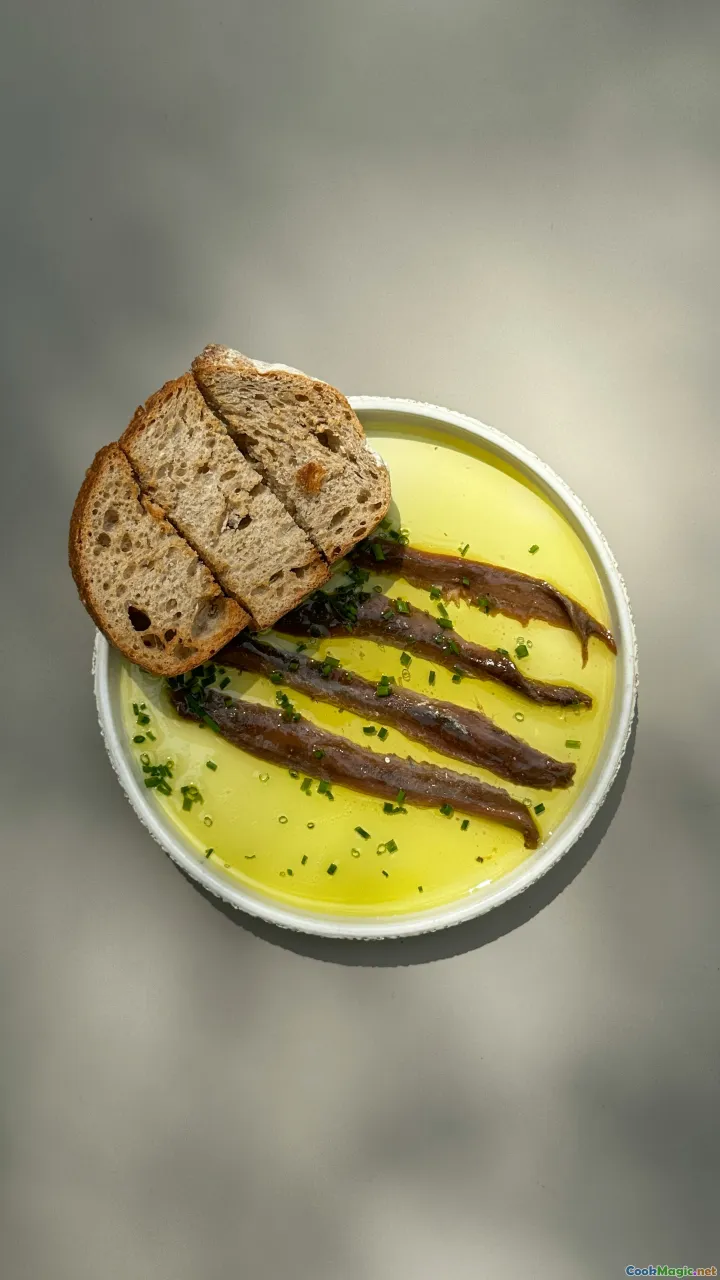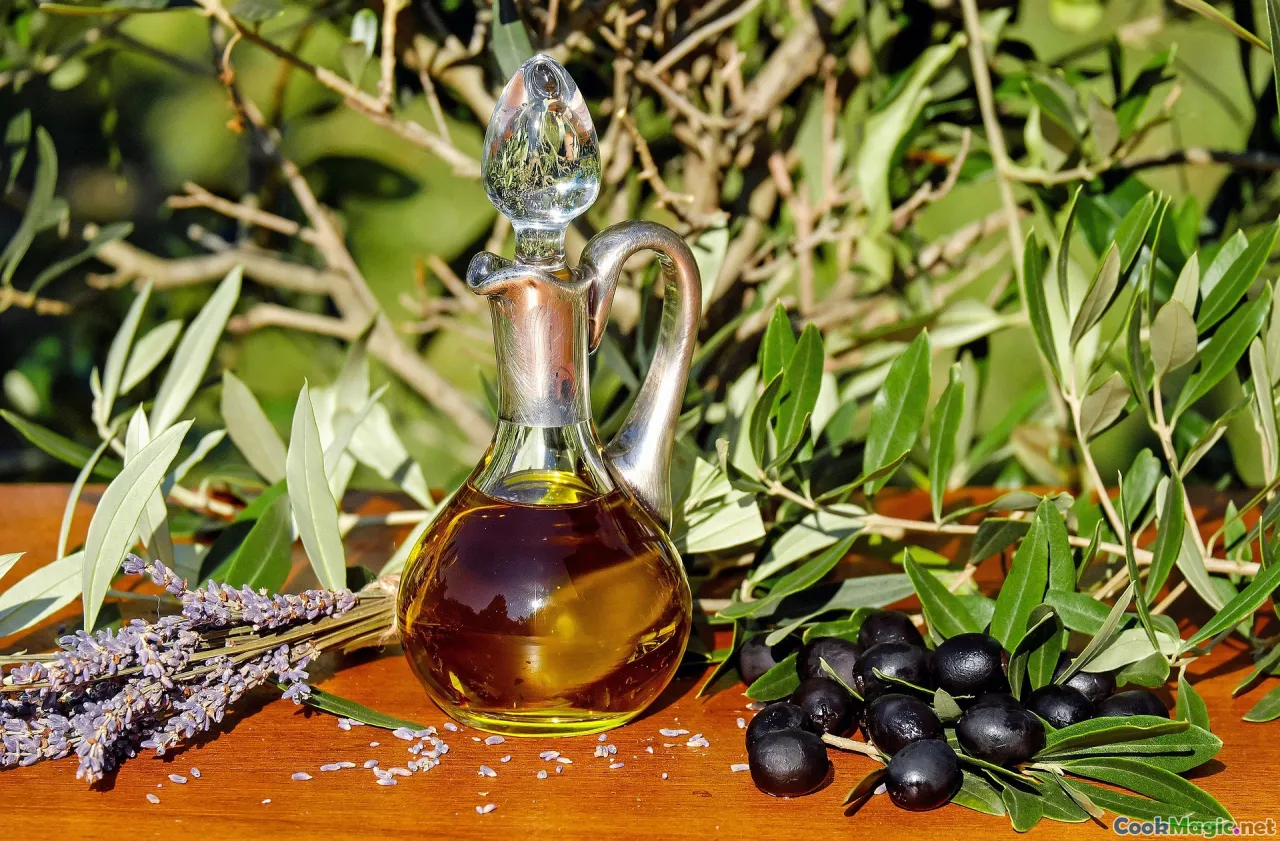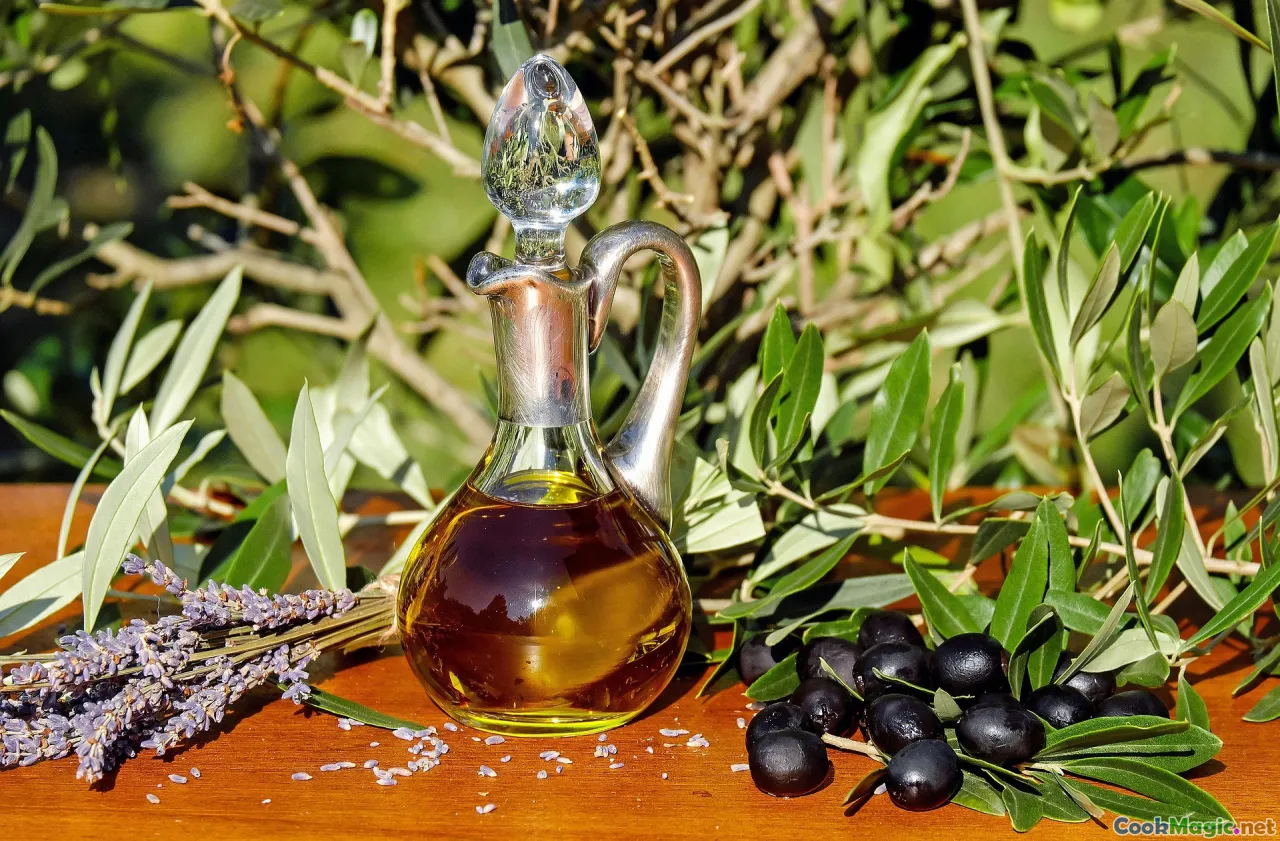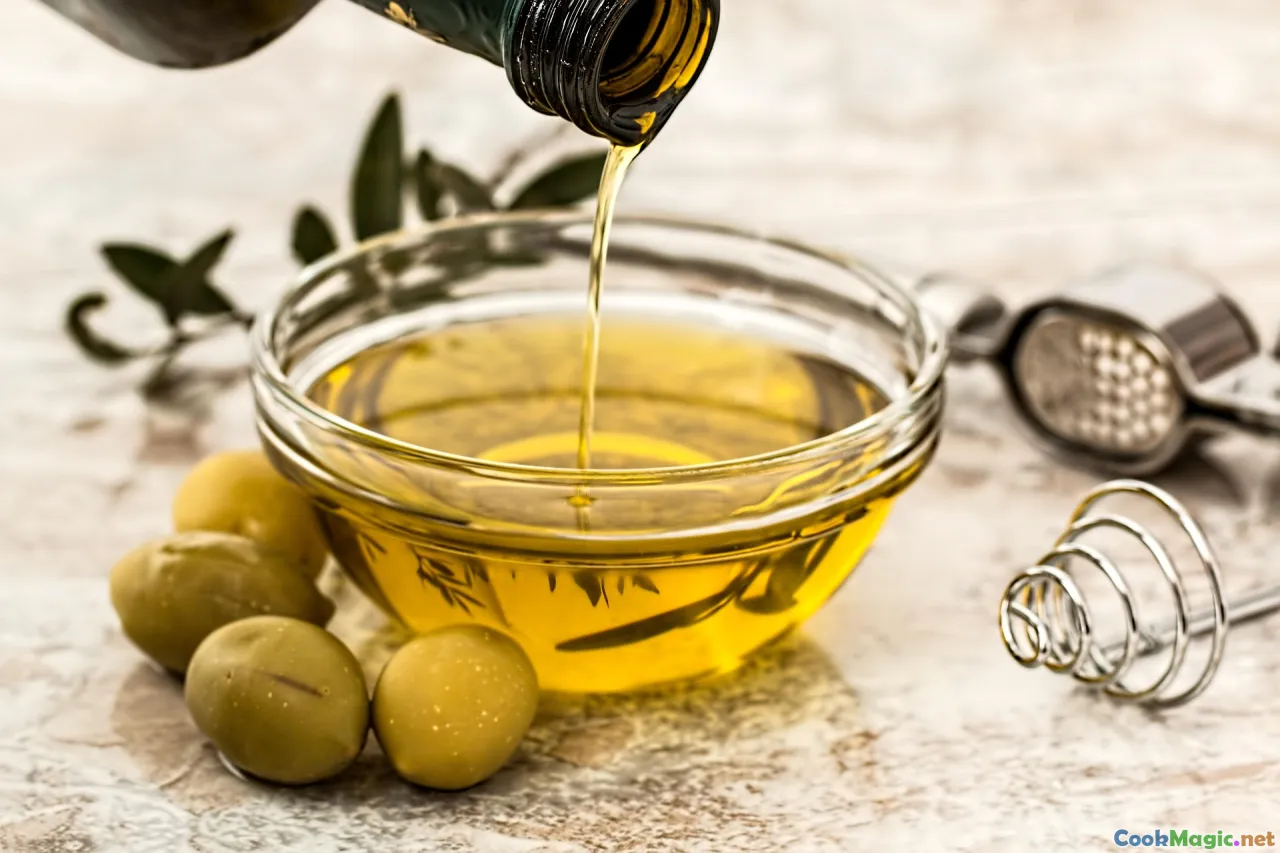How Fresh Olive Oil Elevates Andalusian Gazpacho
11 min read Discover how high-quality olive oil enhances the flavor and authenticity of traditional Andalusian gazpacho in Spanish cuisine. July 06, 2025 21:05
How Fresh Olive Oil Elevates Andalusian Gazpacho
Bright, invigorating, and practically alive on the palate—Andalusian gazpacho is not just a dish; it's a sensory celebration of Spain’s sun-drenched heritage. At the heart of this iconic cold soup lies an unassuming yet vital ingredient that defines its very soul: fresh olive oil. The transformative power of a good-quality, freshly pressed Andalusian olive oil is legendary—imbuing the vibrant medley of ripe tomatoes, crisp cucumbers, fragrant garlic, and sweet peppers with an irresistible depth and luminescence.
In this exploration, we venture into the rich tapestry of Andalusian cuisine through the lens of olive oil—its history, its craftsmanship, and most importantly, how it elevates the humble yet sophisticated gazpacho to a realm of culinary artistry that is both authentic and soul-satisfying.
The Cultural Significance of Olive Oil in Andalusia

Andalusia, the cradle of Spain’s olive oil tradition, boasts over 2,000 years of olive cultivation. The groves stretch across rolling hills and rugged landscapes, whispering stories of ancient civilizations—from the Phoenicians to Moorish Andalusia—that revered the olive as a symbol of peace, prosperity, and divine blessing.
Historically, the olive oil produced here was used not just for cooking but also for religious ceremonies, medicinal purposes, and even as currency. To this day, the region’s climate—with its hot, dry summers and mild winters—provides ideal conditions for cultivating robust olives, rich in polyphenols and expressed in the distinctive quality of the oil.
Choosing olive oil from Andalusia is, in essence, choosing to taste the century-old rigor of tradition and the passion of small-scale farmers and artisan producers. It’s a sacred ingredient, one that can transform everyday dishes into icons of regional identity.
The Art of Producing Fresh Olive Oil

Making truly fresh Andalusian olive oil is an art filled with patience, precision, and respect for the fruit. The process begins with the careful harvest of olives—typically by hand—to prevent bruising that could compromise the oil’s delicate flavors.
Once harvested, olives are often cold-pressed within hours—sometimes even at the orchard—using traditional stone mills or modern steel centrifuges. Cold pressing preserves the oil’s vibrant enzymatic activity and nutrient profile, ensuring maximum freshness.
The resulting oil boasts a fruity aroma reminiscent of freshly cut green olives, hay, and herbs, with a peppery finish that awakens the palate. It’s this fresh, green vibrancy and complex aroma profile that makes Andalusian olive oil a treasured ingredient for finishing dishes such as gazpacho.
The Flavor Profile of Fresh Andalusian Olive Oil

A judicious drizzle of fresh olive oil delivers an intoxicating aroma that’s herbaceous, slightly bitter, and with a piquant spiciness—characteristics that deepen and brighten as they mingle with the ingredients of gazpacho. The flavor is a harmonious symphony of grassy notes, artichokes, apples, and a subtle tang of bitterness that balances the sweetness of ripe tomatoes.
What sets fresh Andalusian olive oil apart is its dynamic complexity; it’s lively and multi-layered, transforming the straightforward ingredients into a vibrant, almost visceral experience. When poured onto the chilled soup, it creates a silky sheen—an invitation to savor every spoonful with refined appreciation.
How to Incorporate Olive Oil into Andalusian Gazpacho

To truly harness the virtues of fresh olive oil in gazpacho, the timing and technique of adding the oil are crucial. Here are some expert tips:
1. Use the Best Quality
Opt for freshly pressed, single-varietal Andalusian olive oil—preferably early harvest extra virgin—known for its vibrant aroma and bright flavor.
2. Blend with Care
After puréeing ripe tomatoes, cucumbers, peppers, garlic, and bread (if using), incorporate a generous splash of olive oil during blending or just before serving.
3. Finish with a Noble Drizzle
Once the soup is blended and chilled, drizzle a small amount of olive oil over the top—ideally, with a spoon or a squeeze bottle for artful presentation—allowing the oil to soak into the surface, imparting its aromatic richness.
4. Settle and Serve
Let the gazpacho rest for a few minutes after adding the olive oil, allowing flavors to meld and the oil’s aromatics to infuse the chilled mixture. Serve with fresh bread and a simple garnish, such as finely chopped herbs or croutons.
Comparing with Other Oils: Why Fresh Olive Oil Matters

When substituting with inferior oils—e.g., refined or rancid—gazpacho loses its luminous tether to the Andalusian landscape. Olive oil’s unmatched ability to complement, amplify, and harmony with the tomato’s acidity and the cucumber’s coolness is pivotal.
Compared to neutral oils or those with strong overpowering flavors (like sesame or nut oils), fresh Andalusian olive oil adds a nuanced complexity—bringing warmth, a slight peppery bite, and a depth that stabilizes and elevates the entire dish.
In tasting sessions, true connoisseurs often note that homemade gazpacho with fresh olive oil offers a richness and freshness that cannot be simulated or replaced by cheaper, processed alternatives. It’s a culinary signature that embodies the spirit of Andalusia.
Personal Stories & Local Traditions

Growing up in Seville, I remember summers where the aroma of freshly pressed olive oil filled the air of neighborhood markets. Smiling farmers exhibited their harvests, proud of their dark, rich drupes—all destined for the quintessential Andalusian flavor.
One of my fondest memories is sitting on a sunlit terrace during the Feria de Abril, slathering homemade gazpacho with the deep green Virgin Olive Oil our neighbor Juan had pressed himself. The recipe was a family heirloom: tomatoes ripened on the vine, a splash of icy water, a pinch of salt, and a stream of freshly pressed oil poured curtains of green on the pale ceramic bowl.
The harmony of textures—the cool, silky soup contrasted with the slick, fragrant oil—created an emotional connection to a tradition that values simplicity, authenticity, and the conveyance of regional soul through taste.
Traditionally, families in rural Andalusia still start their day’s meals with bowls of chilled gazpacho, each using their own freshly pressed olive oil. It is more than sustenance; it is a ritual that binds communities across generations.
Final Reflections: Why Every Culinary Enthusiast Should Embrace the Fresh Olive Oil Difference
There’s an undeniable magic in the way a drizzle of fresh Andalusian olive oil boosts a humble gazpacho from good to extraordinary. It’s not just about flavor but about experiencing a piece of history, culture, and nature’s gift.
As you gather fresh produce from local markets or dedicated farmers, consider the olive oil as the jewel that ties it all together. Invest in quality—the slight premium pays off in aroma, taste, and the emotional satisfaction of honoring centuries-old traditions.
The next time you sit down with a bowl of chilled Andalusian gazpacho, take a moment to appreciate that vibrant green swirl—it's a testament to the rich, sun-kissed lands of southern Spain and the centuries of craftsmanship embodied in every drop.
In essence, fresh olive oil is not merely an ingredient—it's the soulful essence of Andalusia captured in a liquid form, elevating a simple dish to unforgettable culinary poetry.









